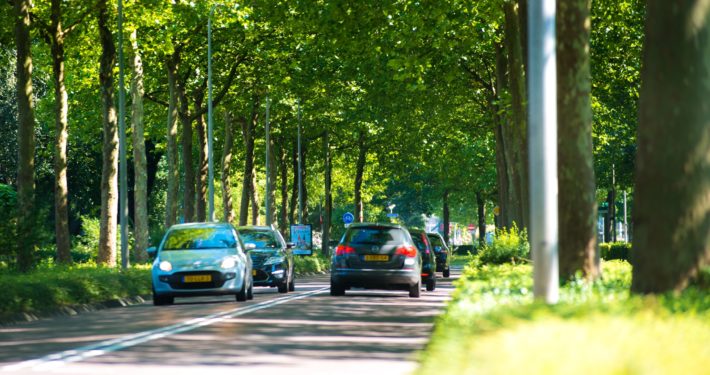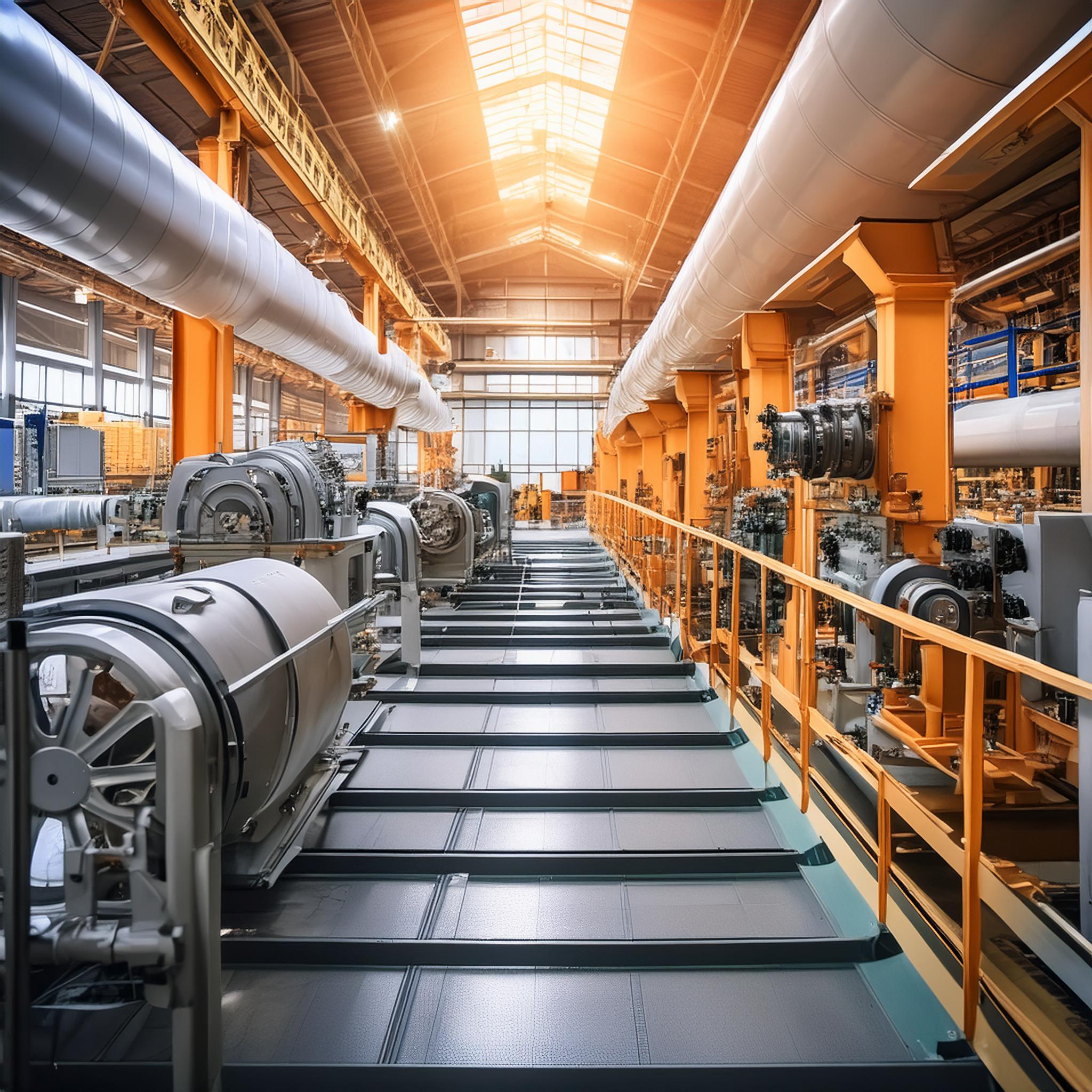
News
Automatic asphalt damage recognition using artificial intelligence
- 12 December 2017
Self-learning model
The images are supplied by cars fitted with 360-degree cameras that drive around in a particular area. So far, the images have been inspected manually by asphalt experts, who then mark any damage they detect. The Machine Learning technology will automatically analyze the collected images and classify any damage. By adding large numbers of images of known damage to the self-learning model, the model learns how to recognize damage more effectively.
The model can analyze large numbers of images very quickly, and recognize and then classify any abnormalities in the asphalt. This might include holes, cracks and worn spots in the asphalt, but also the presence of animal remains. The algorithm links the damage reports to geographical data so that the exact location of the damage can be determined.
Jaap van den Elshout, Theme Manager Asset Management at BAM Infra: “98% of the images that we receive are of asphalt in perfect condition. By having all the images assessed by the self-learning model, we can get our people to immediately investigate the 2% that show damage in the asphalt. You can imagine what a difference that will make!”.
“The development of new services based on artificial intelligence is one of the spearheads in Data Intelligence. New applications of Machine Learning combined with the use of the powerful Azure Cloud enable us to develop new digital services”.
Bits and brains
The self-learning model helps the asphalt experts to focus on the specific road sections in which there may be damage. Although the model can analyze the images very accurately, they are also examined by humans. That means that any project-specific agreements can also be taken into account. The human input is fed back into the model so that it can learn even more.
Unlimited possibilities
The self-learning model can also be trained to recognize other objects. This could include the position of traffic signals, signposts and street lights, and any dirt or abnormalities on them. This innovation will give asset owners a clearer and more up-to-date picture of the quality and quantity of the assets in their area.
Digitization of asset management
The new technology is the result of intensive collaboration between BAM Infra and ICT Group in areas such as big data and the digitization of asset management. This collaboration has already produced intelligent dashboards that are used to monitor the condition of the infrastructure, such as pumping stations or the rail network. Training a computer model, Machine Learning, is the next step in the digitization of asset management.



